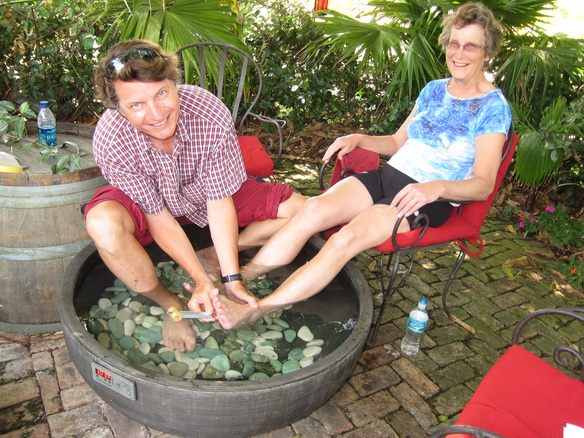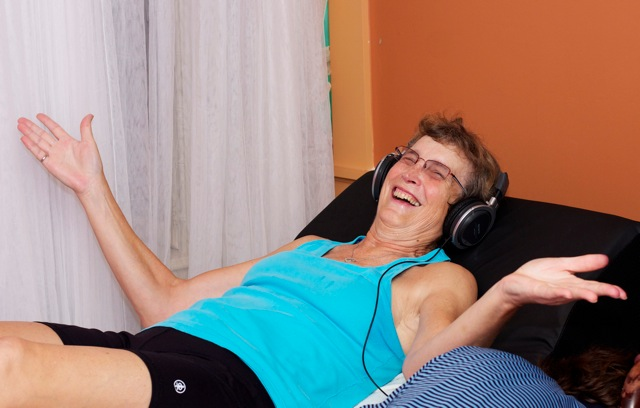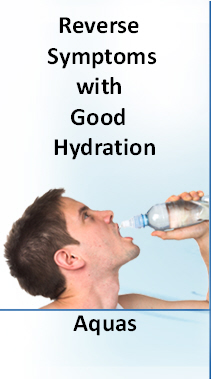Overwhelmed and Overstimulated?
In today’s fast-paced world, it’s not uncommon to be overwhelmed and overstimulated. With a barrage of options to consider it is easy to get caught up in the chaos. I have a suggested for you in the video. There are other strategies you can use to regain control and find a sense of balance. Let’s explore what these feelings mean and how to manage them effectively.
Understanding what it means to be Overwhelmed and Overstimulated
 Overwhelm occurs when the demands on your time, energy, or emotions exceed your capacity to handle them. This can be triggered by work pressures, personal responsibilities, or a combination of both. The result is often a feeling of being stuck, helpless, or incapable of managing your tasks.
Overwhelm occurs when the demands on your time, energy, or emotions exceed your capacity to handle them. This can be triggered by work pressures, personal responsibilities, or a combination of both. The result is often a feeling of being stuck, helpless, or incapable of managing your tasks.
Overstimulation, on the other hand, refers to being bombarded with too much sensory input—whether it’s through digital media, noisy environments, or excessive social interactions. This sensory overload can lead to fatigue, irritability, and difficulty focusing.
The Impact on Mental Health
Being both overwhelmed and overstimulated has significant effects on mental health. They can contribute to anxiety, depression, and burnout. When you’re constantly in a state of stress, your body remains in a heightened state of alertness, which can affect your overall well-being.
Strategies to Combat Overwhelm and Overstimulation
1. Prioritize and Organize
Start by listing your tasks and responsibilities. Use a prioritization method like the Eisenhower Matrix to distinguish between what’s urgent and important versus what can be delegated or postponed. Breaking down tasks into smaller, manageable steps can also make them seem less daunting.
2. Set Boundaries
Establish clear boundaries between work and personal life. Set specific times to check emails or work on projects and stick to them. Communicate these boundaries to colleagues and family members to help manage their expectations.
3. Practice Mindfulness and Relaxation Techniques
Incorporate mindfulness practices like deep breathing, meditation, or yoga into your daily routine. These techniques can help calm your mind, reduce stress, and improve your focus.
4. Limit Exposure to Sensory Overload
Be mindful of your sensory environment. Limit screen time, especially on social media, and take regular breaks from technology. Create a calming space at home or work where you can retreat to when feeling overwhelmed.
5. Engage in Physical Activity
Exercise is a powerful tool for managing stress and improving mood. Whether it’s a brisk walk, a workout session, or a relaxing stretch, physical activity can help clear your mind and boost your energy levels.
6. Seek Support
Don’t hesitate to reach out for support if you’re feeling overwhelmed. Talking to friends, family, or a mental health professional can provide relief and offer new perspectives on managing stress.
7. Practice Self-Care
Make time for activities that bring you joy and relaxation. Whether it’s reading a book, taking a bath, or enjoying a hobby, self-care is crucial for maintaining mental and emotional health.
Finding Your Balance
Finding balance in a hectic world requires intentional effort and self-awareness. By understanding what triggers your feelings of overwhelm and overstimulation, and implementing strategies to address them, you can create a more manageable and fulfilling life.
Remember, it’s okay to take a step back and reassess your priorities. Embrace the process of finding what works best for you and make adjustments as needed. Balance is not a one-time achievement but an ongoing journey of self-care and adaptation.
Robert Rodgers PhD
Founder 2004
Parkinsons Recovery
https://www.parkinsonsrecovery.com
 because the urgency to pee does not wake you up every two hours.
because the urgency to pee does not wake you up every two hours.

















